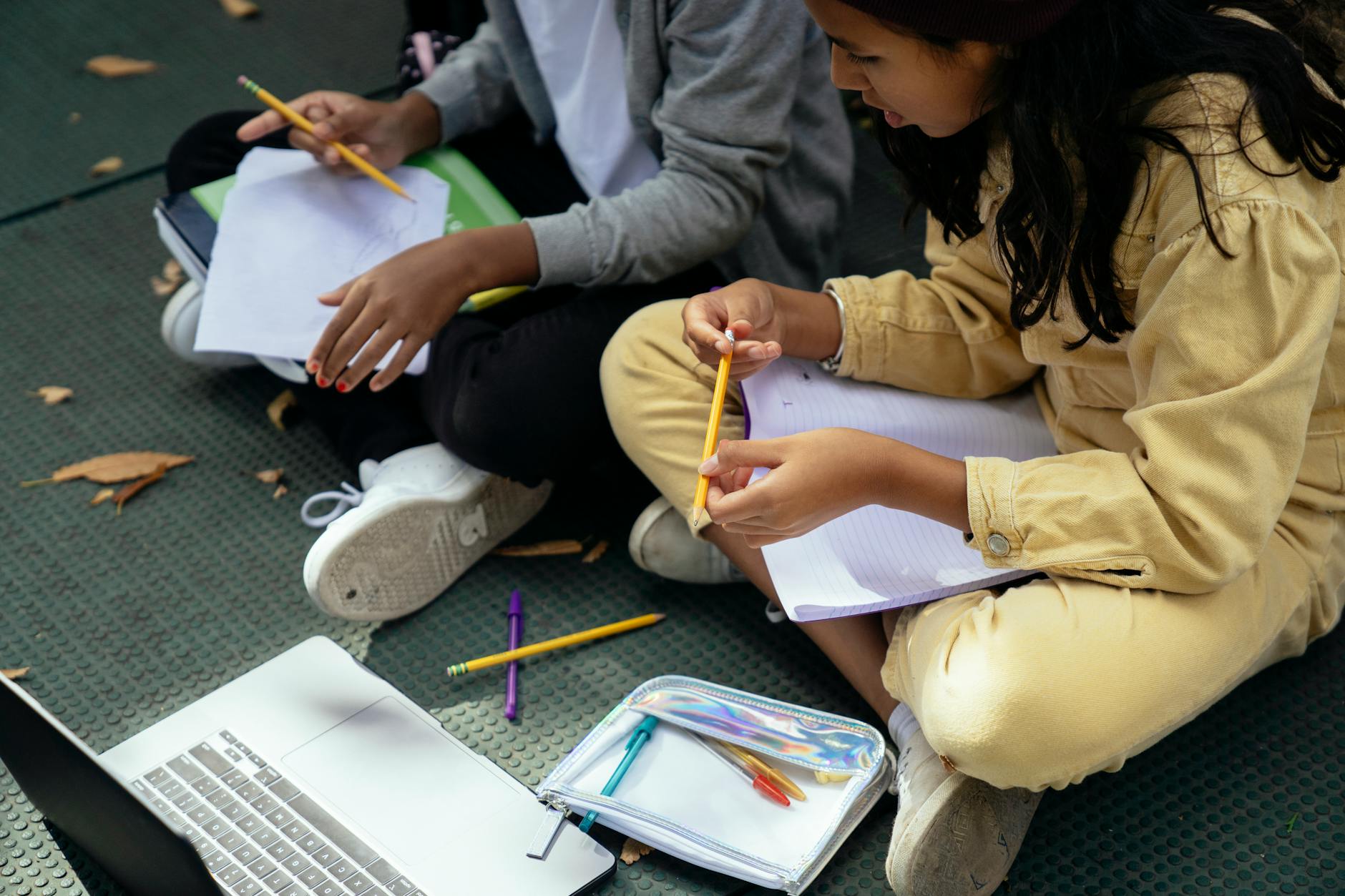What Makes Australian Kids Clothing a Leader in Sustainable Fashion?

Australian Kids Clothing Overview
When I think of shopping for kids clothes, it reminds me of a stroll down the boutiques lining Chapel Street, where each shop window beckons with vibrant designs and a promise of quality. One item that catches my eye often is the versatile skort. These are perfect for kids because they seamlessly combine the look of a skirt with the comfort and practicality of shorts, making them ideal for active play.
I'm sure you're aware that selecting quality clothing for children isn't just about style—it's also about their comfort and safety. That's why I gravitate towards eco-friendly fashion pop-ups at Federation Square, knowing they offer garments made with sustainable materials. It’s comforting to know that these clothes not only reduce environmental impact but are also kinder to sensitive skin, which is crucial when factoring in children’s health.
Next, diving into boys swimwear, it’s important to consider functionality. Just as a day out requires swimwear that can withstand both chlorine and UV rays, ensuring that what you choose holds up no matter how active the little ones get is essential. I often find that the brands committed to sustainable practices also lead in making swimwear that offers protection without sacrificing on comfort.
In essence, children’s clothing choices should balance the aesthetics of style with foundational aspects of comfort and environmental consciousness.
Impact on Child Well-Being
Breathable and Non-Allergenic Fabrics
In my experience as a skincare and beauty advisor, choosing clothes for children that offer breathability and non-allergenic benefits is paramount, given that a child’s skin is more sensitive than our own. Prioritizing fabrics that ensure kids pyjamas are breathable not only aids in regulating body temperature but also minimizes skin irritations. This is particularly crucial during Melbourne's summer nights, where the air can become quite still and oppressive.
Durability for Active Play
The durability of children's clothing is a critical aspect, especially for items like a baby jumper. Many parents understand this all too well when witnessing their little ones in action at playgrounds or during tummy time, habits that can quickly wear clothes out. From personal observation, investing in well-made garments ensures longevity, reducing the need for frequent replacements, and thus upholding principles of sustainability.
Multifunctional and Adaptive Fits
On a recent stroll through the sustainable shops at the South Melbourne Market, I noticed how multifunctional designs are becoming the norm. These clothes grow with your child, adapting to their changing shapes and sizes. Options like girls swimsuits that can also function as comfortable, everyday wear bring versatile choices to parents, supporting both convenience and practicality. By selecting clothing that can keep pace with a child's development, not only do we save on costs, but we also reduce environmental waste, aligning with both parental and environmental goals in one smart choice.
Sustainable Innovations
Upcycled and Recyclable Textiles
Sustainability in children's clothing isn't just a trend; it’s a movement, much like the sustainable fashion pop-ups you’d find in Federation Square. In my explorations, I've been particularly impressed by advancements in upcycled and recyclable textiles. These innovative materials not only reduce waste but also offer softer and more comfortable options for baby clothes. For parents, ensuring the comfort and well-being of their children is paramount, especially when selecting girls dresses designed to minimise skin irritation while maintaining breathability.
Energy-Efficient Production Methods
Mindful of the environmental impact, energy-efficient production methods are gaining traction within the industry. I've noticed brands focusing on reducing carbon footprints by using less energy-intensive processes. This approach not only conserves resources but also aligns with a more environmentally responsible lifestyle. From my experiences, incorporating these methods frequently results in fabrics that are kinder to children's sensitive skin, thus aligning perfectly with Ethan's goals of prioritising health and safety in children’s wear.
Water Conservation Techniques
Water conservation is another critical component of sustainable clothing production. Innovative techniques, such as water-less dyeing, contribute significantly to preserving this precious resource. It's reassuring to see brands adopting these methods as they reflect a commitment to creating a better future for our children. By focusing on these sustainable practices, we're not only ensuring the safety and comfort of children's clothing but also fostering a healthier planet for future generations.
Consumer Education Strategies
Label Reading for Parents
Reading labels accurately is key for parents eager to ensure their children's clothing, such as baby clothes australia, meet the highest safety standards. These labels provide crucial information about fabric composition, washing instructions, and size adjustments. I remember when I wandered through the boutiques lining Chapel Street, seeking clothes for my little one. A garment caught my eye, but the label clearly stated it required special care due to its delicate material, which wouldn’t have suited my active child's lifestyle. So, scrutinising those labels can prevent mishaps and ensure clothing choices align with your child's needs.
Safety Certifications and Standards
Beyond labels, brushing up on safety certifications can be incredibly helpful. Certifications guarantee that the clothing has met stringent criteria for child safety. When it comes to womens lingerie, certifications may differ, but they still ensure skin-friendly materials and a comfortable fit, setting a great example for children's clothes. Understanding the certifications of each item will provide peace of mind.
Workshops and Community Programs
Local community workshops are invaluable resources for learning more about safe clothing choices. Hosting or attending these sessions can help parents remain informed about the latest trends in eco-friendly materials and safety standards. Engaging in the dynamic community atmosphere around Federation Square, I've seen parents share tips and experiences, enhancing their knowledge and sense of empowerment when selecting clothing that meets both comfort and safety needs.
Common Clothing Mistakes to Avoid
Skipping Fabric Testing Labels
In our cosy nook of Chapel Street, where sustainable choices bloom in delightful display, it’s surprising how often folks miss the golden nuggets that fabric testing labels can be. I've seen mums at eco-friendly shops at the South Melbourne Market gloss over these labels, which are chock-full of vital information. These sneakily understated tags tell you if the material is free from nasty chemicals and if it's breathable and non-allergenic—think of fabrics like organic cotton and bamboo blends. Pay close attention to these details to ensure your little ones' comfort and safety.
Confusion Over Eco-Friendly Claims
Strolling through Federation Square, it's easy to get swept up in the allure of the latest sustainable fashion pop-ups promising the world with vague eco-friendly claims. I’ve chatted with many savvy women who, like me, want the best for their families and the planet but find the eco-terminology bewildering. Be skeptical of loose phrases like “nature-inspired” or “green”, which can be misleading. Instead, look for certification logos such as GOTS or OEKO-TEX, ensuring the material meets strict environmental standards.
Neglecting Wear and Tear Considerations
When it comes to kids' clothing, durability is your best mate, especially with the little ones tearing through the playgrounds of Melbourne. I've learned from experience, trying to wrangle my own kiddos in versatile, durable threads that adapt through their energetic phases is invaluable. Look for reinforced seams and flexible fits that grow with them, and consider their activities to gauge the garment's lifespan. Prioritizing these elements helps prevent the disappointment of early wear and tear, saving both your pennies and the environment.
In our buzzing world of sustainable beauty and fashion, navigating these common pitfalls ensures you're not just keeping up with trends but making empowered and informed choices.


